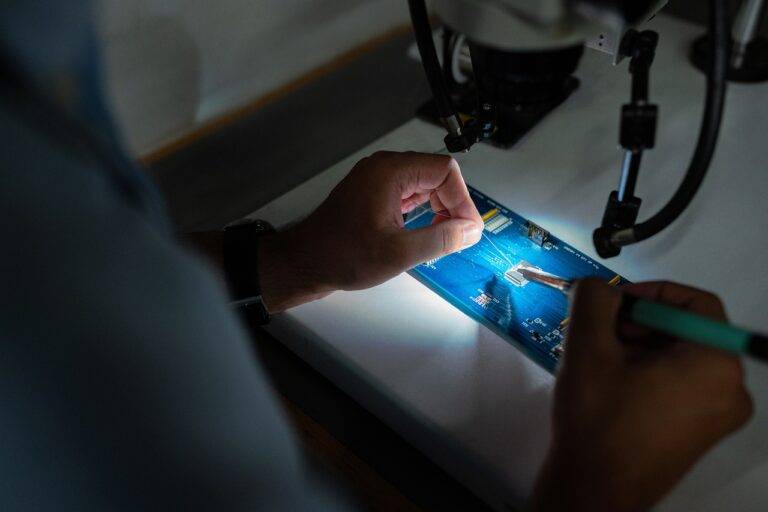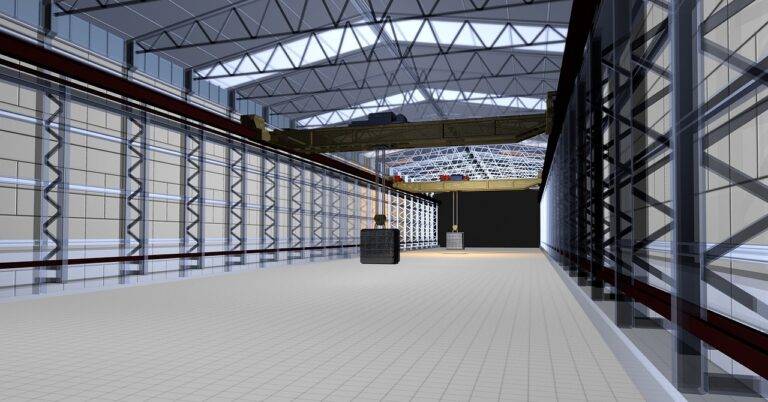The Role of Tech in Biodiversity Conservation: Monitoring and Protection Efforts
Advancements in technology have revolutionized the field of biodiversity conservation by providing innovative tools and techniques to monitor and protect various ecosystems and species. With the integration of satellite imagery and geospatial data, conservationists can now track land cover changes, habitat loss, and species distribution on a large scale with greater accuracy and efficiency.
Furthermore, the development of remote sensing technologies has allowed researchers to conduct comprehensive surveys and assessments of biodiversity hotspots in remote and inaccessible regions. By utilizing drones and aerial surveys, conservationists can gather real-time data on wildlife populations, habitat quality, and illegal activities such as poaching and deforestation, enabling them to take proactive conservation measures to safeguard vulnerable ecosystems.
Remote Sensing in Biodiversity Monitoring
One of the most notable advancements in biodiversity monitoring is the integration of remote sensing technologies. This tool allows researchers to collect valuable data from inaccessible or large geographic areas, providing crucial information on habitat distribution, species diversity, and ecosystem health. By utilizing satellite imagery, drones, and other remotely sensed data, scientists can observe changes in biodiversity over time, aiding in the development of conservation strategies and policies.
Remote sensing offers a non-invasive way to monitor wildlife populations without disturbing their natural habitats. Researchers can use this technology to track animal movements, detect illegal poaching activities, and assess the impact of human activities on ecosystems. The high spatial resolution of remote sensing data enables scientists to identify key biodiversity hotspots, prioritize conservation efforts, and respond swiftly to threats facing vulnerable species.
Use of Drones for Wildlife Surveillance
Drones have revolutionized wildlife surveillance efforts due to their ability to access remote and hard-to-reach areas that may be challenging for human researchers to navigate. Equipped with advanced cameras and sensors, drones provide detailed aerial imagery of wildlife habitats, helping researchers monitor animal populations and track their movements with precision.
The real-time data obtained through drones facilitates timely decision-making in conservation strategies, enabling conservationists to respond promptly to threats such as illegal poaching or habitat destruction. By employing drones for wildlife surveillance, researchers can gather crucial information without disturbing the natural behavior of animals, reducing human interference in their habitats and ensuring minimal disruption to their ecosystems.





